
Ansys 2023 R2 software can be downloaded from the Ansys Customer Portal.
If you need assistance with downloading or installing Ansys 2023 R2, please contact us at (724) 544-0393 or support@aopds.com.
Learn more about Ansys 2023 R2 by
- viewing the information below
- visiting the official Ansys 2023 R2 website
- joining one or more of the upcoming webinars.
Industries Innovate and Collaborate with Digital Engineering
By integrating Ansys advanced simulation numerics and supercharging simulation with high-performance computing (HPC) via graphic processing units (GPUs) and cloud computing, the latest release enables engineers and researchers in every industry to take advantage of the transformative power of digital engineering.
Harness New Technologies and Performance
Advanced electronics are critical to next-gen product designs like electric vehicles (EVs), vertical takeoff and landing aircraft, and life-saving medical devices. These products depend on new semiconductor technologies like 3D-IC. Integrated features in 2023 R2 enable engineers to efficiently meet hi-tech challenges amid increasingly complex product requirements.
Speed Simulation with Large-scale Computing: GPU and cloud.
Ansys 2023 R2 enables users to run large jobs and overcome hardware capacity limitations with high-performance computing (HPC), both on-premises and in the cloud. Enhanced solver algorithms capitalize on graphics processing units (GPUs) to speed simulation.

3D Design with Discovery
Ansys Discovery 2023 R2 includes breakthrough new features that help our customers innovate and explore new product concepts faster and more accurately than ever before. Engineers and designers no longer need to sacrifice accuracy for speed.
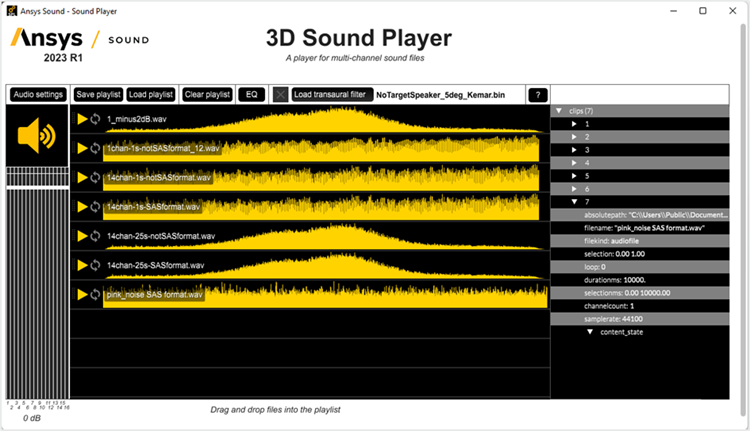
Ansys 2023 R2: Acoustic Simulation Updates
In 2023 R2, Ansys Sound updates include software exposure in Python and C++, the ability to export Motion CAE vibration files directly into Ansys Sound for post-processing, and new sound source availability for broadband noise.
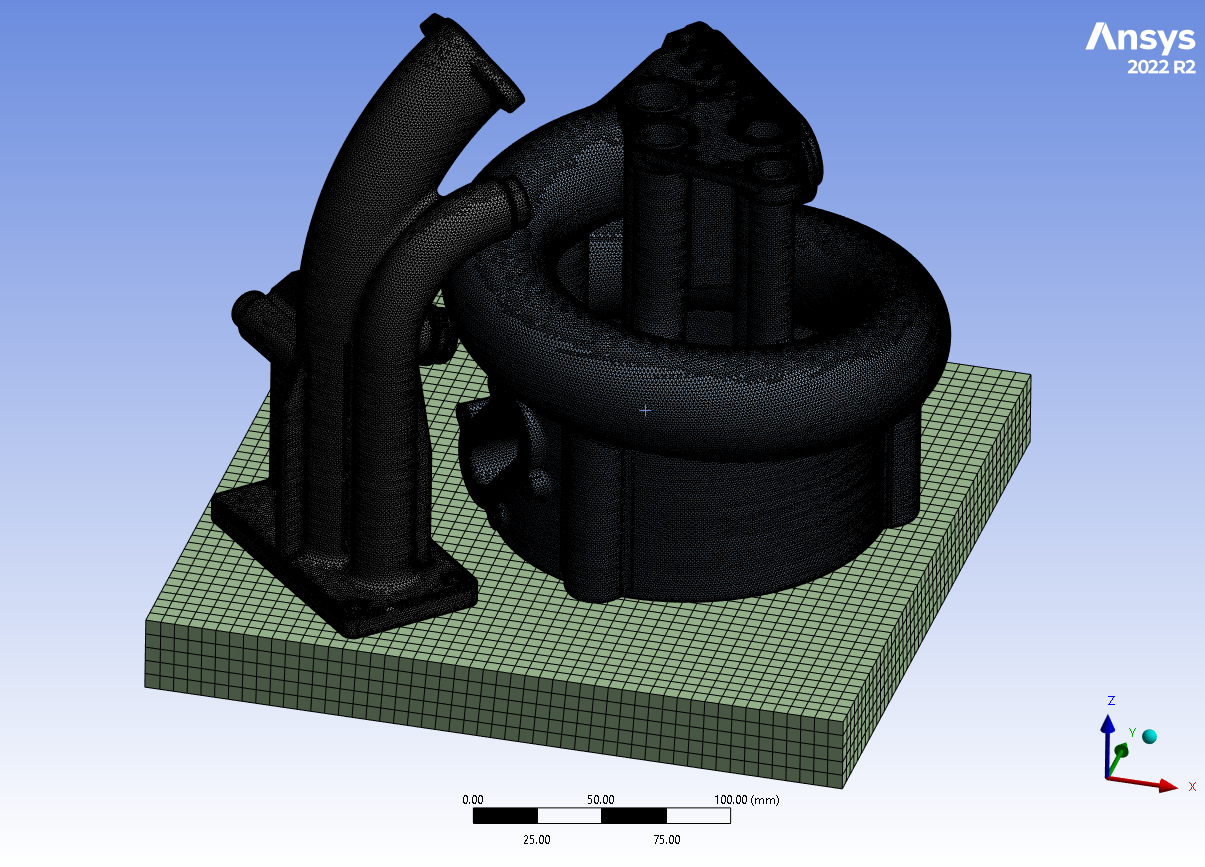
Ansys 2023 R2: Additive Manufacturing Update
Ansys 2023 R2 release of Additive Manufacturing tools packs a punch with three powerful new features that revolutionize additive manufacturing workflows.
LPBF Setup Wizard
New Wizard simplifies workflows with graphic displays, automatic result item additions, and support for multiple parts/supports and meshing options. Users will be excited about the wizard’s ability to pre-populate AM Process Object settings and automatically set up contacts and AM Bond, making the creation of reliable additive manufacturing simulations more accessible.
Distortion Compensation
This feature now includes a single compensation add-on to complement the iterative optimization add-on. The update streamlines compensating for distortions in AM processes, saving time and effort. The ability to translate the part to the base in distortion compensation also enables effective Sintering compensation, making it easier to produce accurate and reliable parts.
AM Creep Properties
Mechanical now includes creep properties for all eight additive materials in engineering data. The update streamlines heat-treatment simulations with creep effects and provides a better residual stress reduction for AM heat treatment. This enhances accuracy and reliability in heat-treatment simulations for AM processes.

Ansys 2023 R2: Autonomous Vehicle Simulation Updates
2023 R2 delivers valuable enhancements to our AVxcelerate Sensors with camera and radar model improvements to perform accurate simulations. This release addresses critical perception challenges related to custom chromatic aberration for the camera and the integration and placement of radar sensors. Also, further enhancements are made to the simulation ecosystem by automating the asset preparation process.

Ansys 2023 R2: Connect Updates
Speed up R&D with Ansys 2023 R2 by better connecting processes, data, and technology into a simulation digital thread.
New features build on SPDM, optimization, MBSE, and material intelligence capabilities to better integrate simulation into the broader Digital Engineering infrastructure.

Ansys 2023 R2: Digital Mission Engineering Updates
DME updates enhance multidomain systems simulation capabilities with an expanded focus on streamlining modeling and simulation workflows. Providing continued advancement of on-orbit simulation, support for cislunar spacecraft missions, and expanded trajectory modeling.
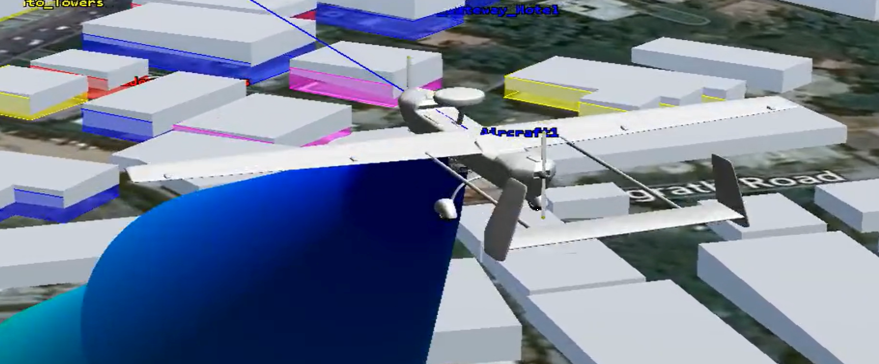
Ansys 2023 R2: Digital Twin Updates
We launched Ansys 2023 R2, which extends its digital twin offering with enhanced fusion capabilities for transient data and improved post-processing for Hybrid Analytics. This release improves ROM performance, visualization, and post-treatments. Ansys 2023 R2 enables the co-simulation of Twin Builder and Maxwell for parallel runs, plus an improved licensing scheme supporting HPC.
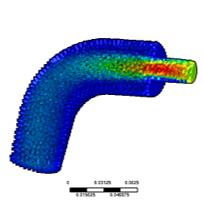
Ansys 2023 R2: Electronics Updates
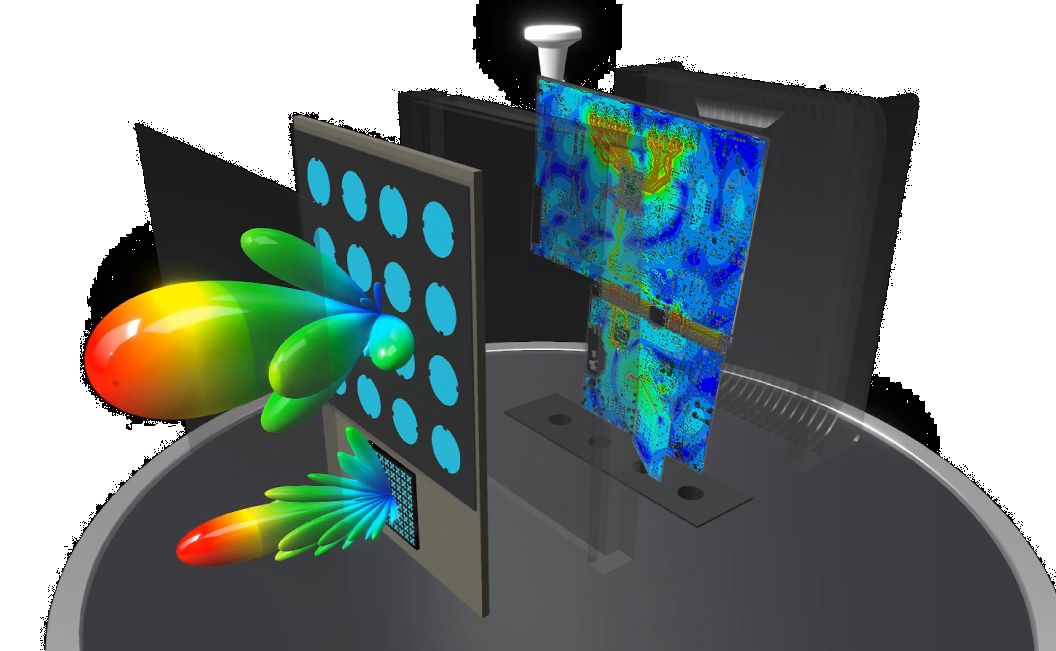
Ansys 2023 R2: Embedded Software Updates
Ansys 2023 R2 strengthens embedded software interoperability capabilities with ARINC 661, software architecture & FACE in Aerospace & Defense, speeding project timelines for the cockpit display system—support for AUTOSAR classic interoperability standard in automotive features memory mapping capabilities.

Ansys 2023 R2: Fluids Updates
Continuing to push the boundaries of performance, productivity, and capability for CFD simulations
The 2023 R2 release delivers significant enhancements that improve performance through the multi-GPU solver, increase end-user productivity with automation and insights, and extend the capabilities to address ever-growing complexity in customer CFD applications.
- Unleash the power of multiple GPUs with new support for rotating components with sliding mesh, compressible flows, and EDM combustion simulations
- Quickly view and edit model and solver settings, monitors, and post-processing settings without having to load the mesh – opening a 6 billion cell case in as little as 80 seconds
- Access additional solver settings within PyFluent for DPM, radiation, species transport, VBM, mesh interfaces, and more, broadening the range of applications for automation
- Significant enhancements for aerospace applications include a Virtual Blade Model, a built-in Aero-Optical workflow, and a new ability to account for weak ionization at hypersonic speeds to predict communications blackout in Ansys Fluent
- Automate meshing for hydro-turbines, including the ability to mesh Kaplan and Francis turbines with square trailing edges with Ansys TurboGrid
- A new Volume of Fluids (VOF) capability is now available in Ansys Forte, providing an enhancement allowing the simulation of oil injection in screw compressors and pumps
- Ansys Rocky includes new post-processing capabilities, featuring streamlines, flow tracers, and innovative boundary interaction statistics such as wet time and heat transfer
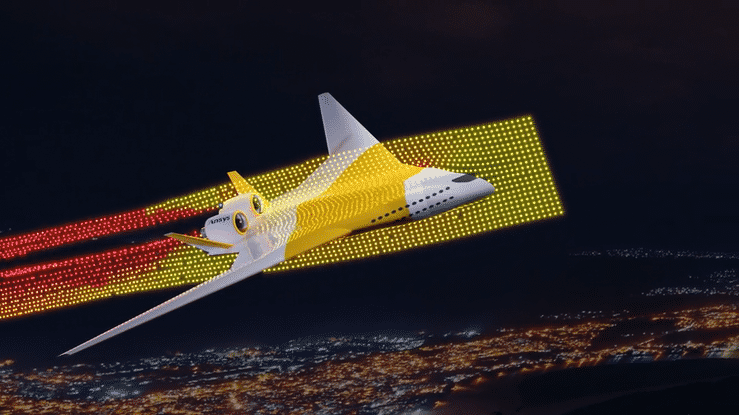
Ansys 2023 R2: Materials with Granta Updates
Find more materials more easily with the Ansys 2023 R2 release. Featuring a step-change in Granta MI™ UX, making it easier to search and filter, accessing larger datasets 3x faster.

Ansys 2023 R2: Optics Updates
With the 2023 R2 release, Ansys Optics delivers innovation to our industry-leading software tools, addressing our customers’ needs for state-of-the-artoptical design and workflow optimization. We’re helping customers save time and money while enabling them to bring products to market faster.
For Ansys Optics, 2023 R2 adds the Optics Launcher with self-service trials,which provides our customers with a launch pad for all their Ansys Optics applications.

Ansys 2023 R2: Photonics Updates
The 2023 R2 release of Ansys Lumerical introduces a series of powerful new capabilities to extend usability, accuracy, performance, and functionality across its family of products. Here are a few new capabilities in our 2023 R2 release:
- Ansys Lumerical CML Compiler further simplifies the process of compact model generation via its new CML Compiler GUI featuring intuitive controls and menu options
- Ansys Lumerical Multiphysics Suite & Cadence EPDA flow enables optimization of the layout and performance of photonic components via the new Geometry Wizard
- Ansys Lumerical FDTD accelerates design cycles by enabling GPU-powered simulations, especially for photonic integrated component design and metasurface applications. A single GPU Nvidia RTX4000 can offer a 6x speedup versus a 12-Core CPU
- Ansys Lumerical streamlines workflows and facilitates remote job execution with the new remote Python API
- Ansys Optics Launcher and its intuitive in-product experience enable fast access to all Ansys Optics product trials and application gallery example files from any of the Ansys Lumerical, Ansys Zemax, or Ansys Speos products
- Ansys Lumerical RCWA enables advanced simulation and analysis by new field monitors, oriented meshing, interface position autodetection, and distributed sweeps. It’s advantageous for diffraction gratings, metalenses, optical metrology, holography, metamaterials, and IR sensors
- Ansys Lumerical FDTD and RCWA enable designs of larger metalenses up to 25 mm in diameter and speeds up their simulation by 10-100 times using faster workflows with more intelligent memory management, new features in RCWA GUI, GPU-powered FDTD, and faster GDS file export capabilities
- Ansys Lumerical FDTD, CHARGE, Ansys Zemax OpticStudio, and Ansys Speos have increased the accuracy and range of analysis for a complete end-to-end Camera Image Sensor virtual prototyping solution. Ansys FDTD enables accurate quantum efficiency (EQE) calculations by including the marginal rays from OpticStudio in the camera pixel simulations
- Ansys Lumerical qINTERCONNECT brings performance improvements by allowing double the number of channels or frequencies with the same simulation run time, especially useful for achieving higher frequency resolution of the biphoton wavefunction for HOM measurement
- Ansys Lumerical INTERCONNECT now enables the modeling of nonlinear LiNbO3 waveguides by supporting second harmonic generation, both short pulse and CW pump operations, and tuning with periodic polling
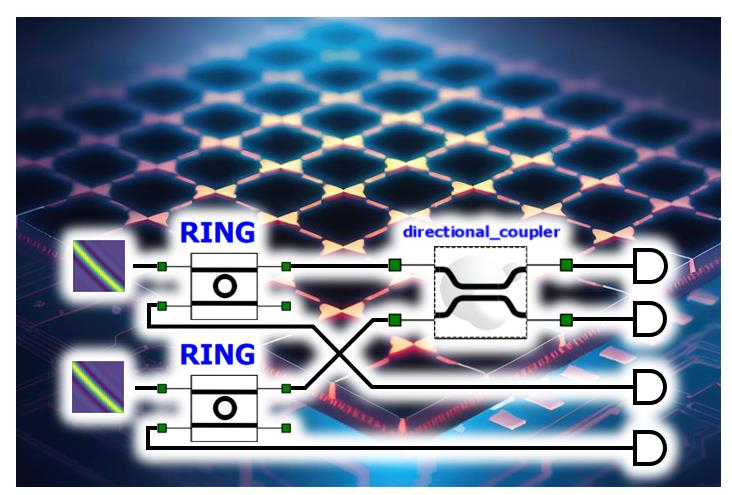
Ansys 2023 R2: Safety Analysis Updates
In the 2023 R2 release, Ansys medini analyze extends the efficient, holistic application of safety, reliability, and cybersecurity analysis methods. We’ve launched a new safety collaboration platform that enables seamless teamwork with a new web-based Digital Safety Manager (DSM).

Ansys 2023 R2: Structures Updates
In 2023 R2, the structures product line delivers new features and capabilities that allow users to perform more accurate, efficient, and actionable structural simulation analyses, including:
- Interface with Mechanical pythonically to automate capabilities and connect with other technologies using PyMechanical.
- Perform accurate and robust turbomachinery simulations leveraging new enhancements, including imported load support for multistage cyclic symmetry analyses, a new forced response add-on using standardized capabilities, and a new advanced nonlinear multi-harmonic solver.
- Explore a variety of drop test height and angle variations, with added support to concurrently solve multiple drop test analyses with the Ansys LS-DYNA solver.
- Create a desired local region sub-model on a PCBA using the Sherlock pre-plug-in for Ansys Mechanical.
- Export Ansys Motion’s vibration results into Ansys Sound for acoustics analysis and psychoacoustic indicators for automotive, A&D, and heavy machinery applications.

